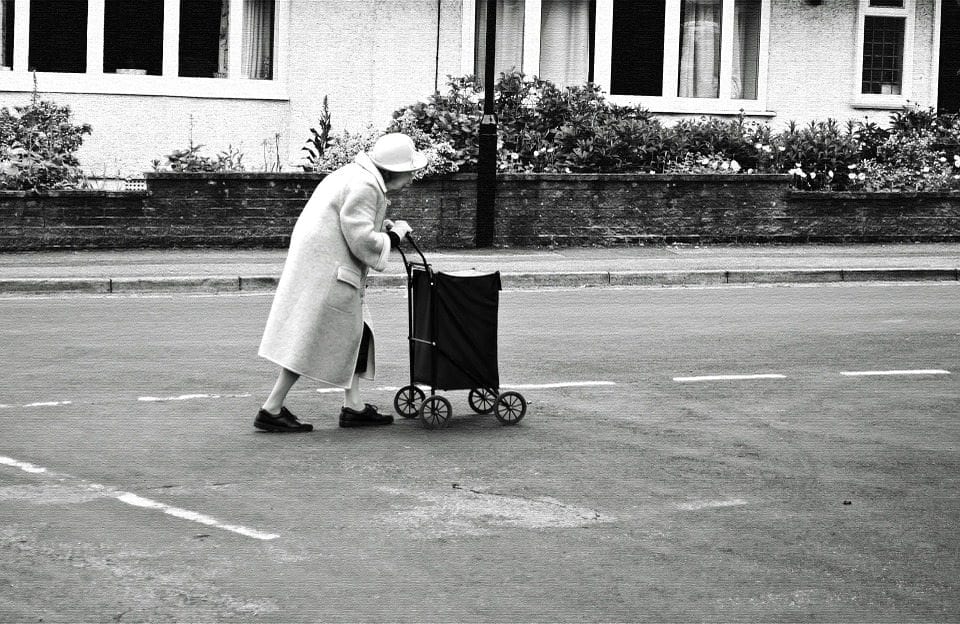
Thyroid nodules are common in Asia; more than 90% are benign nodules. Around 20% to 30% of adults in Hong Kong are diagnosed with thyroid nodules, which are benign tumors and their incidence will increase with age. As the thyroid gland in the neck is over the thyroid cartilage, at both sides of the trachea, thyroid nodules may put pressure on esophagus or trachea affecting patients’ voice, swallowing or breathing, and causing repeated cough, pain and related symptoms. This can also result in serious asphyxia if the thyroid gland becomes huge and cause significant to the airway. If any symptoms are found, you should seek for doctor consultation as soon as possible.
Ms. Cheung, 37, has been aware of the thyroid disease since her friend mentioned it a few years ago. One day, she accidentally discovered a tumor in her neck during a full body computer scan before her gynecological surgery. The results of the ultrasound scan and thyroid biopsy showed that nodules are benign and in small size with no physical discomfort. In her case, there is no surgery needed but regular checkup and examination.
It’s hard to find special symptoms of thyroid nodules, especially nodules are less than 2cm. Compression is seldom felt. Therefore, most of the people are unaware of their thyroid problems until regular health examinations conducted, or because of other health conditions.
Thyroid nodules more common in women than men
Thyroid nodules are tumors within the thyroid that can move up and down through swallowing and caused by a variety of risk factors. Thyroid nodules can be divided into solitary and multiple nodules; and they differ in size, texture, shape, location and clinical significance. The clinical manifestation of the age of onset is often 30 years old or above, more in women than men.
Mrs. Choi, around 60 years old, has been plagued by “goiter”. In her previous examination, it showed that those are benign nodules. However, nodules grew quickly early this year and one larger nodule was later suspected malignancy. The characteristics of multiple nodules are usually difficult to be determined through a single thyroid biopsy, thus another examination had to be taken and results proved that some nodules are malignant tumors in other words, thyroid cancer. Mrs. Choi immediately underwent surgery and removed both sides of her thyroid gland.
The “triple” assessment to determine
When a surgeon suspects a patient having a thyroid nodule, he/she will take a medical history and perform a basic physical examination. Based on the patient’s condition, a surgeon will advise whether the patient should accept thyroid function tests and thyroid ultrasound scan. When a surgeon finds suspicious thyroid tumors through an initial ultrasound scan, further extraction of the tissue is required for cytology (i.e. thyroid biopsy) so as to identify the tumor is benign or malignant.
About two-thirds of patients with thyroid nodules are benign while others can be in a minority of malignant or potentially malignant tumors. However a thyroid nodule surgery can be taken as long as a tumor is identified through the test, regardless of benign or malignant. Traditional surgical treatment of nodules will leave scars. With the introduction of “minimally invasive radiofrequency ablation” in recent years, there is no obvious scar after surgery while hospitalization is much shorter than usual. Nevertheless, a long-term monitoring of the thyroid is necessary after treatment.
If the final pathology confirms thyroid cells are cancer cells, it is called malignant thyroid cancer. Unlike other cancers, up to 80% of thyroid cancers are curable as long as early diagnosis was made and appropriate treatments followed. In short, once you find any neck or thyroid symptoms, medical consultation is always the first step.
